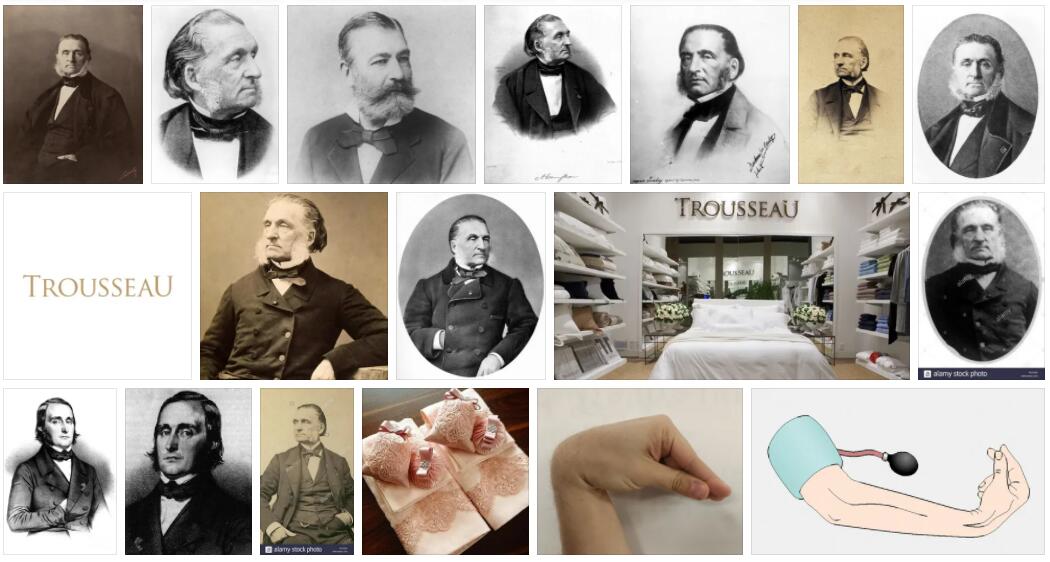The first thing we are going to do now is to know the etymological origin of the word trousseau that concerns us. In this sense, it must be stated that it derives from the Andalusian Arabic “as-sawar”, which, in turn, comes from the classical Arabic “suwar”, which is equivalent to “household goods”.
The term trousseau is used with reference to the set of furniture, clothing and utensils that are used in the same area or that share certain characteristics.
It is possible to speak, in this way, of the trousseau that belongs to an individual or of the one that, in the marriage bond, is in charge of contributing the woman. Also called items are items that are intended for babies at the time they are born and things that are commonly used in a home.
For example: “We are happy because my mother decided to give us the trousseau for Nicolás”, “The photographer posed the young Uruguayan model with a beautiful wedding trousseau”, “The police are investigating the theft of the jewels that were stolen from the private trousseau of the princess ”.
Many times the notion of trousseau is associated with certain social rites that are carried out at birth, marriage and death. When a child is born, it is usual for the child to receive a trousseau with his crib, clothes, etc. In a marriage, in the past it was common for the wife to provide the couple with a trousseau, which included sheets, tablecloths and other items that would be used in the shared dwelling. Furthermore, the trousseau can include the clothes and accessories that the bride uses.
Today, although as a general rule, this concept of trousseau related to marriage has disappeared, it is still found in some places and is even maintained by certain generations. Thus, there are mothers who continue to buy everything from clothing to kitchen utensils to bedding so that when their children get married they can have what they need at home.
At a historical level, in some museums we come across artistic works that were precisely part of the trousseau of some illustrious character. We have an example of this, for example, in the Archaeological Museum of Spain, located in Madrid, where you can admire an ark of betrothal of Florentine origin and dating from the 15th century.
As for death, the funeral trousseau is made up of objects that are located next to the deceased in the grave so that they accompany him on his way to another plane or as an offering to the divinities.
The objects and the quantity of the same that were included in the grave goods come to determine, among other things, the social status of the deceased and, consequently, of his family.
Among the most important in history are the Egyptians, where you can even admire the existence of paintings on the walls and figures, called ushebti. These came to represent the servants that the deceased had had and who were included as a way of determining that in the “beyond” they would also continue to serve him.

